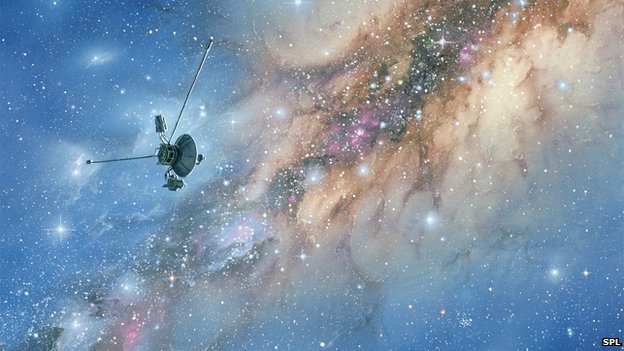
Apollo 14
Apollo 14 was the third successful lunar landing. Alan Shepard and Edgar Mitchell piloted the lunar module, Antares, to the Moon while Stuart Roosa remained in orbit aboard the command module, Kitty Hawk.
Apollo 14 explored a part of the Moon called Fra Mauro. Mission highlights included Shepard and Mitchell’s attempt to climb to the rim of a crater called Cone.
Famously, Shepard hit several golf balls during the mission.
Unlike later missions, the astronauts did not have a lunar rover. Instead they used a cart called the modular equipment transporter (MET) to carry their tools.
Image: Edgar Mitchell reads a map on the Moon. (credit: NASA)
Apollo 15
The 1971 Apollo 15 mission was the first to use a four-wheeled rover vehicle to extend the amount of territory the astronauts could visit on the Moon.
Astronauts David Scott, James Irwin and Alfred Worden flew on the mission. Scott and Irwin walked on the surface, conducted experiments, tested equipment and collected Moon rocks while Worden orbited in the command module.

Apollo 16
In 1972 the fifth Moon landing mission was crewed by commander John Young, lunar module pilot Charles Duke and command module pilot Thomas Mattingly.
Young and Duke landed on the Moon’s surface in the lunar module, Orion, while Mattingly orbited in Casper, the command module. Young and Duke explored the Descartes region, an area of highlands.
Apollo 16 was the second mission to use the four-wheeled lunar rover.
Photo: The Apollo 16 command module seen from the lunar module (NASA)
Originally posted 2013-05-26 19:13:05. Republished by Blog Post Promoter

![20130526-211145[1]](https://coolinterestingnews.com/wp-content/uploads/2013/05/20130526-2111451.jpg)










